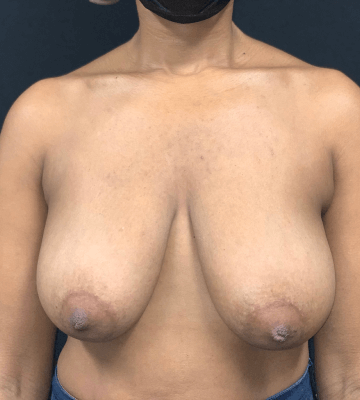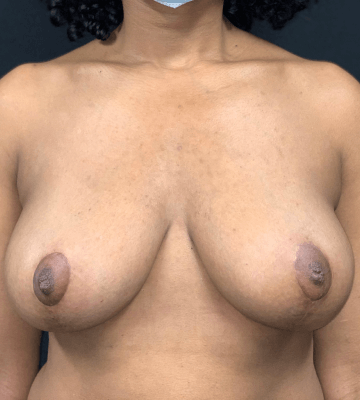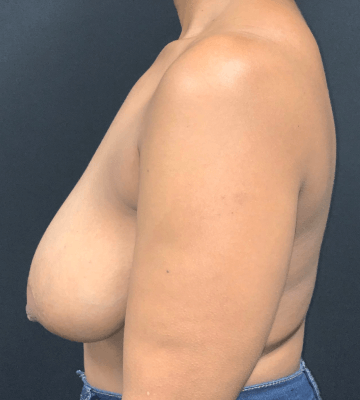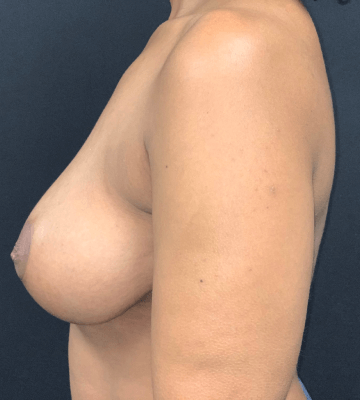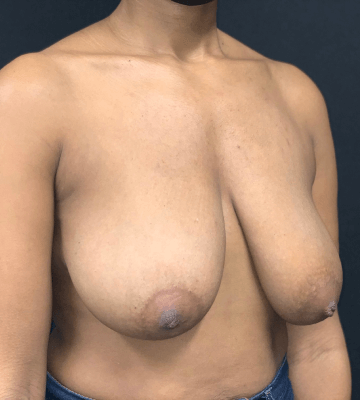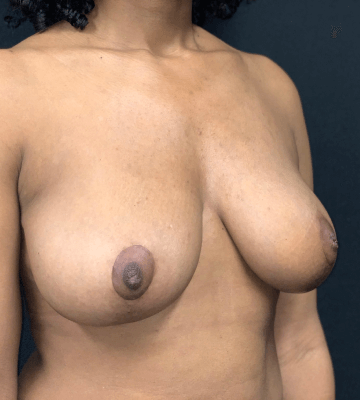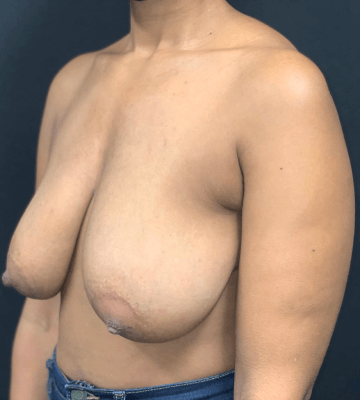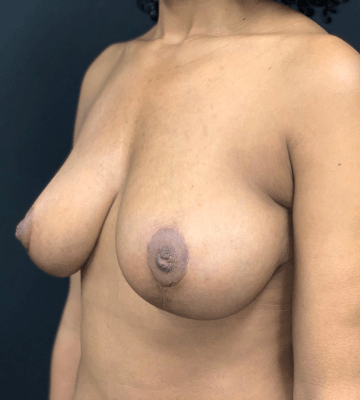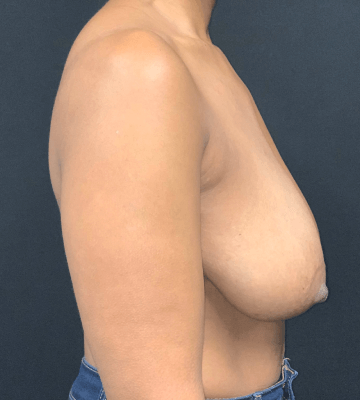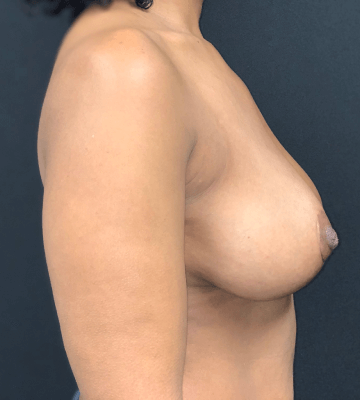Breast Reduction
Top 5 Things to know about Breast Reduction
Average price $10,300
Recovery Time 6 weeks
Able to work after 1 week
Financing monthly payments range from $297-$573
BMI 35 or below
Breast Reduction FAQs
Breast reduction surgery, also called mammoplasty, is a surgical procedure that makes the breasts smaller by removing fat, glandular tissue, and skin. A board-certified plastic surgeon performs breast reduction in a select way to achieve the best cosmetic outcome. Dr. Gear performs a breast reduction with a breast lift as most women who have a breast reduction end up having a breast lift at the same time.
Two mammoplasty techniques are commonly performed:
Inverted-T mammoplasty
Inverted-T mammoplasty may be ideal for women who need a more substantial amount of reshaping to restore symmetry and projection. This technique involves three incisions in an inverted-T. One incision is made horizontally along the underside of the breast, near or at the breast crease. The next is a vertical incision from the breast crease to the areola, the colored skin around the nipple. The third and final incision is made along the edge of the areola, finishing the T.Vertical mammoplasty
Vertical mammoplasty may be recommended for moderate breast reduction in women who have good symmetry and projection. This technique involves two incisions, one around the areola and another from the areola to the breast crease. The advantage of the vertical breast reduction is that there is one less incision, so less scarring. However, there is also a limitation on how much reduction can be achieved using this technique.- Increased comfort during sports and physical activities: People with large breasts often avoid participating in activities that will cause bouncing or repetitive motion, such as jogging or even dancing. In addition to the physical discomfort of exercising with large breasts, people in this situation also have to contend with unwelcomed glances that create embarrassment. Well-sized breasts support healthy exercise habits, which in turn support good general health.
- Extended clothing options- One of the challenges of large breasts is that certain types of clothing feel “off limits.” For example, dresses may fit will on bottom but not on top. Women with large breasts may feel uncomfortable wearing tank tops or certain necklines. When the breasts are in proportion with shoulders, waist, and hips, clothing options become much wider.
- Decreased risk of breast sagging and stretch marks- With age, all breasts will droop to some extent. Larger breasts are heavier and are more likely to sag. As breasts sag, the skin is stretched and may develop stretch marks as a result. Decreasing breast size also reduces the weight of the breasts. If the reduction procedure also reshapes the breasts, they may sit more naturally on the chest wall for a longer period than they would in a heavier state.
- Are generally healthy
- Wish to reduce breast size to better match their frame
- Do not smoke
- Have reasonable expectations of breast reduction and understand the potential outcome of their procedure
Patients receive post-surgical instructions that need to be followed carefully to promote optimal healing.
During the first few days after surgery, patients will need a dedicated caregiver or team of caregivers who can attend to their needs. Support includes helping take medications on time and as directed. Making meals and helping with bathing and toothbrushing. Patients may need help getting in and out of bed. If drains have been placed to prevent fluid accumulation, these need to be emptied regularly.
A follow-up visit is scheduled for 7 to 10 days after surgery. At this appointment, stitches and drains may be removed. Tissue is examined for healing, and dressings may be taken off for good. The compression garment applied after surgery will need to be worn for another several weeks. This helps keep swelling to a minimum and support the new breast shape.
Breast reduction patients can usually return to work about two weeks after surgery. Professions that require lifting or strenuous activity are exceptions. As the breasts heal, patients must avoid lifting heavy objects for several weeks. Strenuous exercise may resume approximately six weeks after surgery.
Scarring and swelling are side effects that can take time to fully resolve. By one year after surgery, scars should be much less noticeable. This can be facilitated with the use of scar creams or silicone sheets once incisions have fully healed. It is also common for women to experience noticeable breast tenderness during their menstrual cycle after having breast reduction. This can recur for the first several cycles after surgery.
Often, Dr. Gear will perform a breast lift with the breast reduction procedure.





